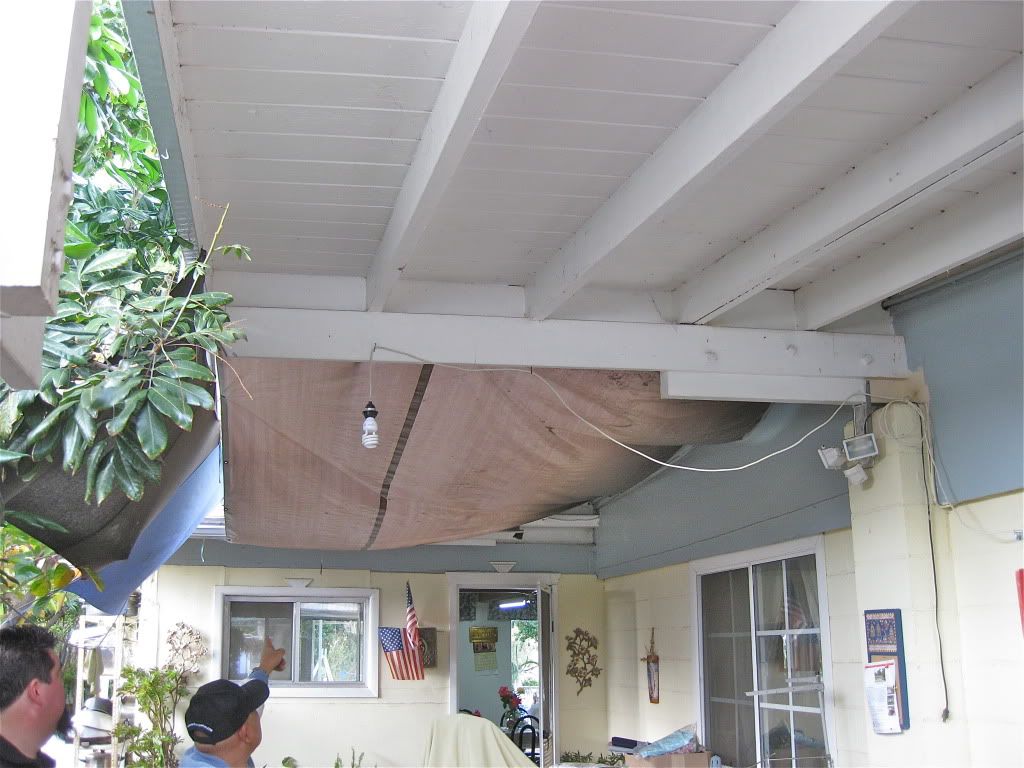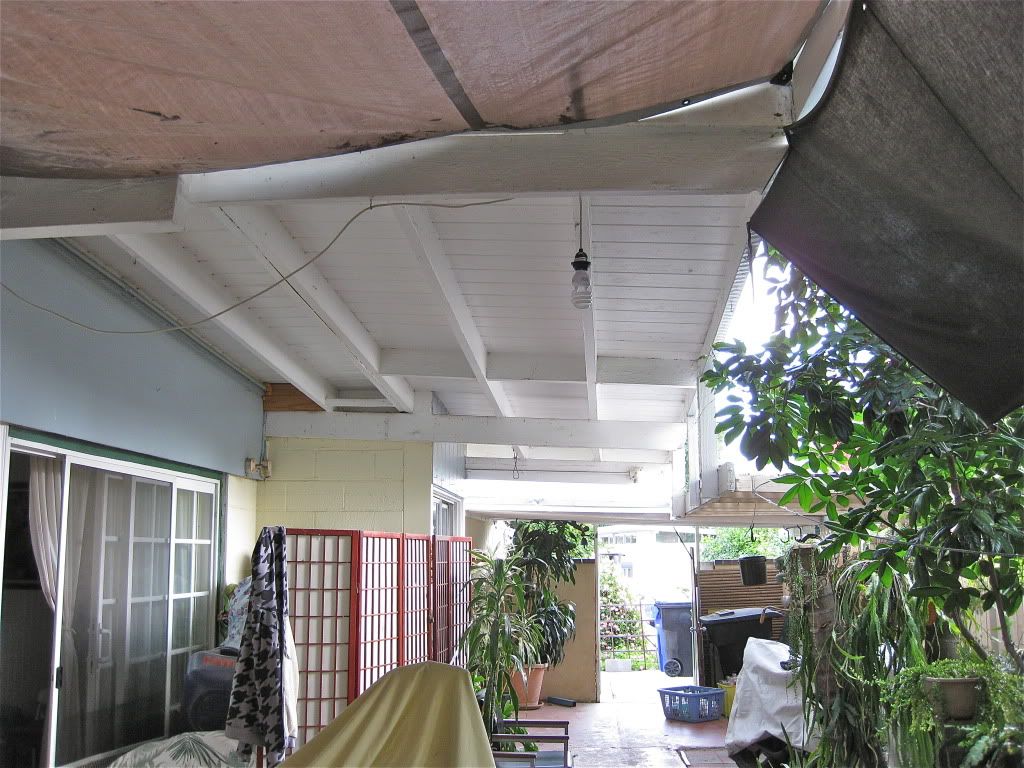A percentage of all residential construction is bootlegged and never gets inspected.
Think about…kitchen and bath remodels… furnace and A/C… water heaters… re-roofs… el. services… complete rewire… copper re-pipe… patio covers… window replacement... additions… retaining walls… interior reconfiguration… water and gas mains… even spas and swimming pools.
Those are a few examples but anything, right up to entire houses can be included and has happened. The percentages will be all over the map. For example, water heaters probably top 75% and room additions are at 5%.
A conservative estimate is that 30% of everything goes unseen.
70% is inspected and as in any occupation, some practitioners are better at it than others. Using a range of competency of inspectors of 1 to 10. Levels 1, 2 and 3 equate to little or no inspection. Levels 4 through 10 are competent to excellent. Here again, the percentages will vary according to jurisdiction.
21% of everything gets less than a competent inspection.
30% do not get a permit.
21% do not get a reliable inspection.
51% of all residential construction falls through the cracks.
What conclusions can be drawn other than 30% will save money, both large and small?
Think about…kitchen and bath remodels… furnace and A/C… water heaters… re-roofs… el. services… complete rewire… copper re-pipe… patio covers… window replacement... additions… retaining walls… interior reconfiguration… water and gas mains… even spas and swimming pools.
Those are a few examples but anything, right up to entire houses can be included and has happened. The percentages will be all over the map. For example, water heaters probably top 75% and room additions are at 5%.
A conservative estimate is that 30% of everything goes unseen.
70% is inspected and as in any occupation, some practitioners are better at it than others. Using a range of competency of inspectors of 1 to 10. Levels 1, 2 and 3 equate to little or no inspection. Levels 4 through 10 are competent to excellent. Here again, the percentages will vary according to jurisdiction.
21% of everything gets less than a competent inspection.
30% do not get a permit.
21% do not get a reliable inspection.
51% of all residential construction falls through the cracks.
What conclusions can be drawn other than 30% will save money, both large and small?


